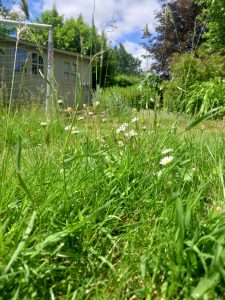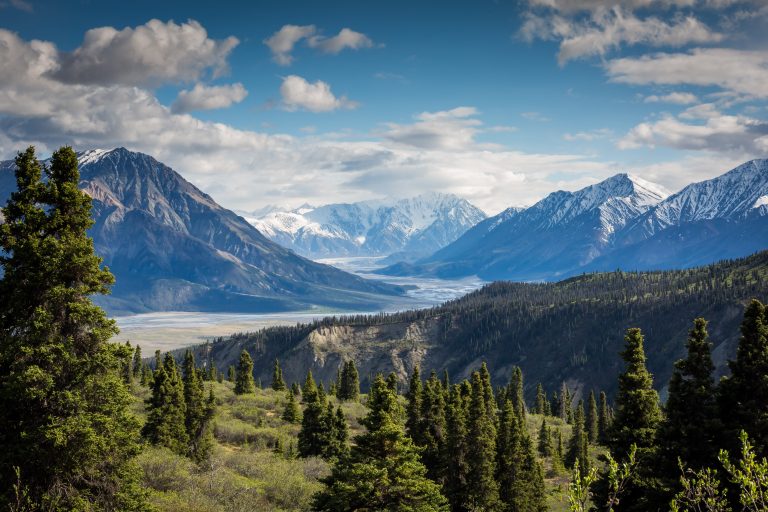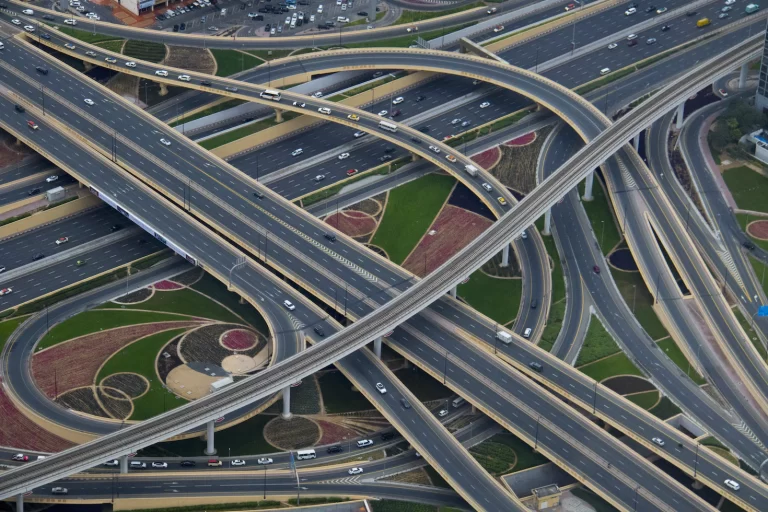The UK has lost around 97% of flower-rich meadows since the 1930s which has substantially reduced the amount of food available for pollinators such as bees and butterflies[1]. In order to help provide a solution to this loss, in 2019 the movement of ‘No Mow May’ began in the UK. Research by the British Ecological Society in 2019[2] showed that lawns that are mowed consistently, reduce biodiversity and they do not provide essential food for pollinators. The purpose of No Mow May is therefore to encourage grass and wildflowers to grow for one month, undisturbed at home or in outdoor business spaces, in order to create habitat and provide food sources for pollinators early in the season when flowers are scarce[3]. Small patches of undisturbed lawn have the potential to make a significant difference to biodiversity over time, and the movement has grown in popularity over the last 5 years. However, now that the numbers taking part have increased, more people are beginning to question the true benefits of No Mow May once the month has come to an end. This is a concept which has been discussed by experts wanting to understand the true value of such a campaign, when cutting resumes straight away in June, often having the effect of habitat removal and subsequent reduction in the biodiversity of flora and fauna. In this blog, we explore ways in which you can maximise the benefit of your garden to nature in the long term after No Mow May has come to an end.

Leaving it long
If you have taken part in No Mow May, rather than cutting your lawn down completely, think about creating a permanent wild patch and watch the diversity of species grow over time. Mosaic cutting can be a strong compromise for businesses with larger outdoor spaces or at home. It can be used to create an attractive and functional pathway through grassland or garden, that also provides surrounding habitat for a range of species. If leaving long grass isn’t an option, then you could still mow, but mow your grass a little longer i.e. 7cm or higher. This helps monocultured grass areas to be much more sustainable generally, shading the soil line, retaining water and discouraging weeds. In addition, reducing the cutting frequency to once every 4 weeks can also have a significant impact on nectar production for pollinators. Less frequent cutting allows short grass plants such as daises and clover the chance to proliferate in between cuts[4].
A new technique for the sustainable lawn and biodiversity enthusiast is removing the mower altogether and using a scythe for sustainable grassland management. Using a scythe can have a number of advantages for biodiversity; firstly, it is easier to create habitat using this technique as it facilitates mowing over a longer time period, enabling habitats to increase in between cuts, rather than a one off, short mechanical cut. Secondly, it enables areas of grass to be mown selectively so that certain plants can be left in situ. Thirdly, using this method is significantly less disruptive to wildlife than mechanical alternatives in terms of habitat destruction and noise. In addition to these three main benefits, it can also be used in areas that are inaccessible to machinery, and finally, there is greater control over when cutting is able to take place i.e. during wet weather.[5] Using a scythe effectively is a skill and therefore it is recommended that correct training methods are employed before use.
It is also important to ensure that a search for wildlife takes place prior to any form of cutting after No Mow May as species such as slow worms, snakes and voles may have taken refuge in your lawn.
Removing the monoculture & planting native species
Reducing the amount of monocultured turfgrass in your lawn can have a considerable impact. Lawn alternatives such as mosses, sedges and groundcovers can provide effective habitats for a number of species. In addition, it can also reduce the need for any mowing or irrigation. If removing a lawn is not a feasible option, then part of the lawn or garden could be dedicated to enhancing pollinator habitats. For example, creating new native plant garden beds or wildflower patches can also be highly beneficial[6]. The planting of native wildflower species provides an essential food source for pollinators and wild shrubs, grasses and trees are important to the ecosystem as a whole. More permanent activities for wildlife are always the best option in the long term.
Remove fertilisers & pesticides
Removing fertilisers and pesticides from your garden/outdoor space can have significant long term benefits to pollinators. Overuse of fertilisers can reduce plant health, increase nitrates in water bodies making them uninhabitable for aquatic organisms and change soil pH, making it more difficult for wildflowers to grow as they perform better in low grade soils[7]. In addition, the chemicals used in making fertilisers are highly toxic to wildlife impacting, bees, butterflies, dragonflies, amphibians and other species. Pesticides are also highly problematic due to their toxic chemical composition. Also, by removing one ‘pest’ we inadvertently reduce food resources for other insects i.e. by removing aphids, we remove this vital source of food for ladybirds[8]. By creating suitable habitats for all species, we are able to encourage appropriate predation, and restore balance to the natural composition of garden insect species that are essential for overall ecological heath.
Including a pond in your garden
All ponds attract wildlife no matter how big or small. Adding one to your garden or outdoor space is a guaranteed way of enhancing biodiversity[9]. Even a small pond can have a significant impact, and the ecological benefits can be enhanced further by creating surrounding habitat i.e. by using shrubs and plants. Frogs, newts, toads, caddis flies, damselflies, dragonflies, mayflies, pond skaters, and water beetles breed in small water bodies. Increasing amphibians and insects ultimately increases food resources making your garden more appealing for other species such as hedgehogs. It is also important to consider the contents of the pond such as submerged and floating plant varieties to provide sources of food and shelter for amphibians.
After No Mow May, there are several ways in which we can enhance our gardens and outdoor spaces to be more wildlife friendly for pollinators and many other species in the long term. Some activities can be significant whereas others can be much smaller, but all action counts. Rising to the challenge of mitigating anthropogenic impacts on biodiversity is an ongoing effort that goes beyond the month of May. If you cannot let the grass grow, there are a multitude of other actions that you can take to help enhance biodiversity at a time when nature is under threat globally. Small changes in numbers can make a big difference. So, as No Mow May draws to an end, it’s a good time to start thinking about a new beginning. Consider other ways in which you can enhance biodiversity for long term ecological impact in your gardens and outdoor spaces, ‘mowing’ forward with increasing overall ecological health.
[1] https://www.plantlife.org.uk/campaigns/nomowmay/
[2] https://www.sciencedaily.com/releases/2019/12/191219074744.htm
[3] Del Toro, I., & Ribbons, R. R. (2020). No Mow May lawns have higher pollinator richness and abundances: An engaged community provides floral resources for pollinators. PeerJ, 8, e10021.
[4]http://www.barnsleybiodiversity.org.uk/verge_management.html#:~:text=To%20keep%20flowering%20plants%20in%20short%20grass%2C%20cutting,grass%2C%20if%20suppressed%2C%20and%20to%20flower%20between%20cuts
[5] https://wildscythe.co.uk/scything/
[6] https://gardenforwildlife.com/blogs/learning-center/native-plant-landscape-design-how-to-create-the-wildlife-garden-of-your-dreams#:~:text=From%20a%20practical%20standpoint%2C%20native%20garden%20landscaping%20is,means%20they%27re%20more%20resistant%20to%20disease%20and%20drought.
[7] https://www.soilassociation.org/causes-campaigns/fixing-nitrogen-the-challenge-for-climate-nature-and-health/the-impacts-of-nitrogen-pollution/#:~:text=Excess%20nitrogen%20can%20damage%20delicate%20plant%20species%2C%20unbalancing,This%20reduces%20wildlife%20diversity%20and%20damages%20plant%20health.
[8] https://www.gardenersworld.com/how-to/solve-problems/aphids/
[9] https://www.wildlifetrusts.org/news/big-or-small-ponds-all
Credibly Green provide technical advice to clients on all things carbon and sustainability. See www.crediblygreen.com or call 01746 552423 or email support@crediblygreen.com




